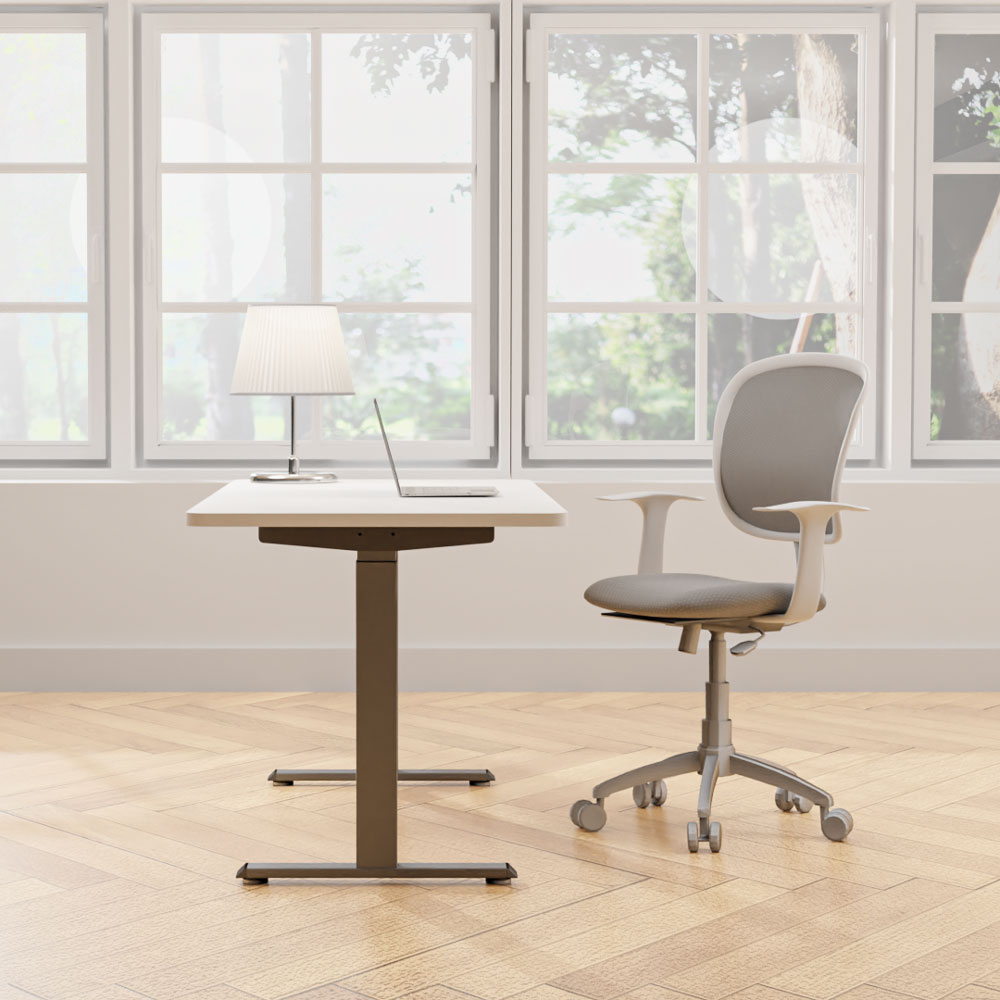In today’s rapidly evolving work environment, the importance of ergonomics and health cannot be overstated. One notable innovation that has gained traction among office workers and remote employees is the “standing desk”. With growing awareness of the risks associated with sedentary lifestyles, more individuals are opting for standing desks to enhance their health and productivity. This article outlines the compelling reasons why every office should incorporate a **standing desk** into their workspace, supported by scientific research and real-world insights.
1. Combat Weight Gain and Obesity
One of the most significant benefits of using a “standing desk” is its ability to combat weight gain. Research shows that sitting for extended periods burns minimal calories, making it easier to accumulate extra pounds. Conversely, standing can burn more calories. According to a study published in the *Mayo Clinic Proceedings*, standing for six hours a day can burn an additional 54 calories compared to sitting. Over time, these calories add up, aiding in weight management and reducing obesity risk.
2. Lower Risk of Heart Disease
Prolonged sitting is linked to a heightened risk of cardiovascular disease. The American Heart Association reports that sedentary behavior can elevate heart disease risk by as much as 147%. By using a “standing desk”, employees can mitigate this risk through increased movement, which promotes better circulation. Improved circulation can lead to lower cholesterol levels, contributing to better heart health.
3. Alleviate Back and Neck Pain
Back and neck pain are prevalent complaints among those who spend most of their workday sitting. Poor posture and prolonged sitting can strain the spine, leading to discomfort and chronic musculoskeletal issues. A “standing desk” encourages better posture, alleviating pressure on the lower back. A 2011 study by the CDC found that workers using standing desks reported a 54% reduction in upper back and neck pain over four weeks. This shift in posture can enhance comfort and productivity.
4. Enhance Posture
Sitting for long periods often leads to poor posture, resulting in spinal misalignment and discomfort. A “standing desk” encourages natural body alignment, promoting a straight back and proper spinal curvature. By standing, employees can reduce the likelihood of developing musculoskeletal problems, fostering a healthier workspace.
5. Increase Energy and Reduce Fatigue
Using a “standing desk” can significantly boost energy levels throughout the day. Extended sitting often leads to fatigue, while standing enhances blood circulation, keeping energy levels high. A study published in ‘Occupational Medicine’ found that standing desks reduced fatigue in workers by 87%. Increased energy translates to higher productivity and improved focus.
6. Stabilize Blood Sugar Levels
Prolonged sitting is associated with an increased risk of Type 2 diabetes due to its impact on blood sugar levels. Standing desks encourage more movement, helping to stabilize blood sugar levels throughout the day. A study published in *Diabetologia* demonstrated that standing for extended periods after meals reduced blood sugar spikes, potentially lowering the risk of developing Type 2 diabetes.
7. Boost Mental Clarity and Focus
Mental fatigue is a common consequence of prolonged sitting. “standing desk” promote better blood flow, ensuring that more oxygen reaches the brain, which enhances cognitive function. Improved oxygen flow leads to better concentration, allowing employees to remain mentally sharp. Research from the Texas A&M Health Science Center found that standing desk users maintained better focus and attention over longer periods.
8. Encourage More Movement
A “standing desk” naturally encourages more movement throughout the workday. Standing allows employees to shift their weight, stretch, and take short walking breaks, contributing to a more active lifestyle. Movement is essential for maintaining muscle tone and overall health. Standing desks create awareness of physical needs, prompting individuals to incorporate more movement into their day.
9. Enhance Mood and Reduce Stress
The use of standing desks is linked to improved mood and reduced stress levels. A study in the *International Journal of Environmental Research and Public Health* revealed that employees using standing desks reported lower stress levels compared to those who remained seated. Standing can lead to the release of endorphins, enhancing mood and fostering a positive work environment.
10. Foster Collaboration and Communication
Standing desks can promote a more collaborative and communicative office atmosphere. When employees are standing, they are more inclined to interact with colleagues, fostering spontaneous discussions and brainstorming sessions. This increased interaction can lead to faster problem-solving and greater innovation.
Conclusion
Incorporating a “standing desk” into the office is a smart investment in employee health and productivity. The myriad benefits—including improved posture, increased energy, reduced pain, and enhanced mental clarity—demonstrate that standing desks are more than just a trend; they are essential tools for fostering a healthier and more productive work environment.
By embracing the switch to a “standing desk”, employers can empower their workforce to break free from the constraints of a sedentary lifestyle, ultimately leading to enhanced well-being and increased productivity. Make the transition to a **standing desk** today and experience firsthand the transformative effects it can have on your health and work performance.

